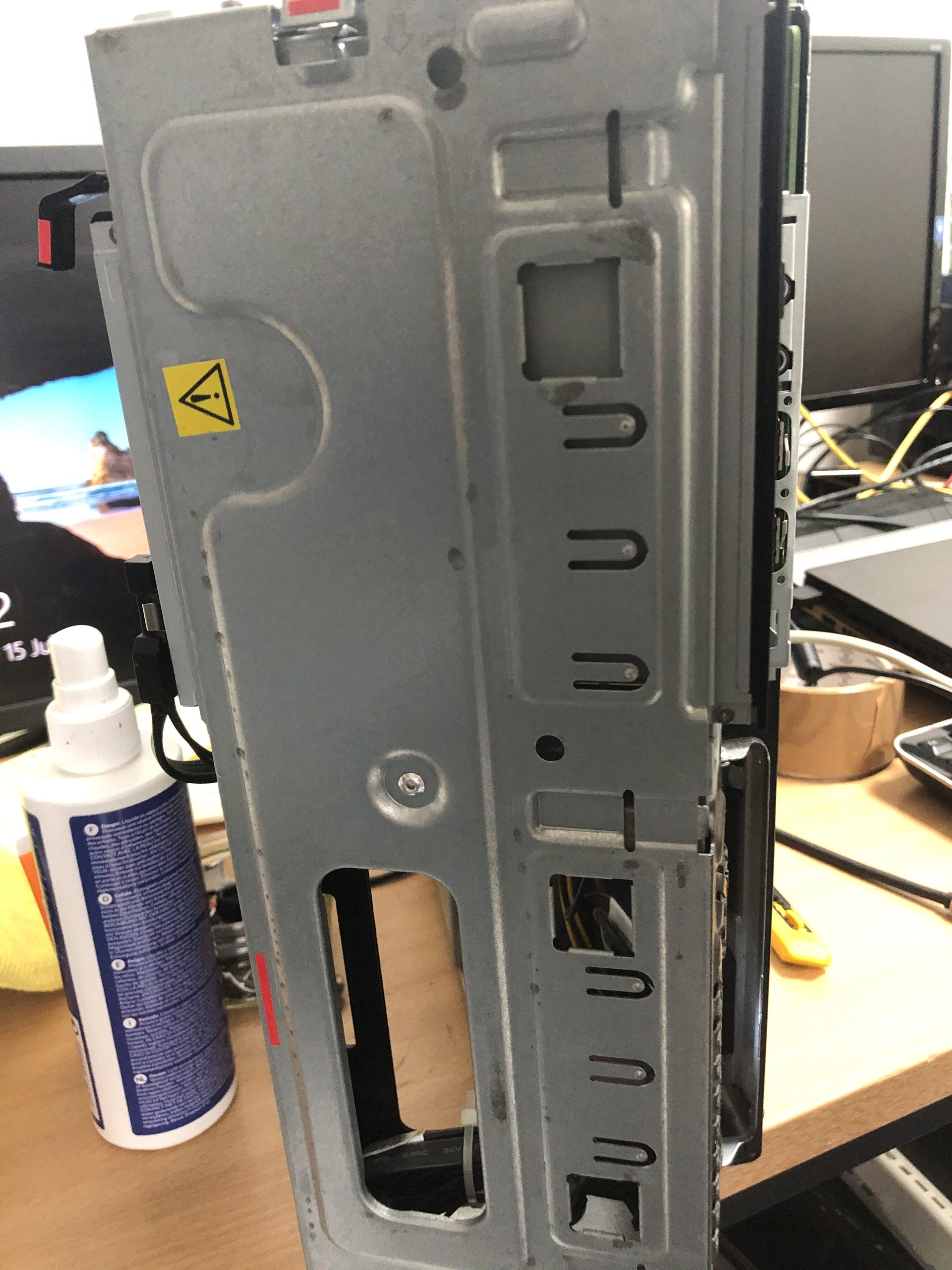Tackling the Microsoft Defender Subscription Scam Popup: A Guide for Concerned Users
If you’ve encountered a persistent popup claiming that your Windows Defender antivirus has been upgraded to a costly Pro plan, you’re not alone. Many users are facing this unsettling issue, which is an evidently malicious scam tactic trying to exploit unsuspecting individuals. In this blog post, we will discuss the characteristics of this scam, potential signs of compromise, and steps you can take to address it effectively.
Understanding the Scam
Recently, a concerning popup has been appearing frequently on numerous computers. It typically states that your Windows Defender has been upgraded to a Pro plan at the hefty price of $299, with a scheduled charge to your credit card. This message is designed to instill panic and prompt you to take imminent action, often leading users to fall prey to the scam. Recognizing this pattern is the first step in protecting yourself and your equipment.
Signs of Compromise: What to Watch For
One of the alarming aspects of this situation is the activation of PowerShell when the popup appears, suggesting that deeper issues may be at play. If you’ve performed a quick scan, comprehensive scan, and even an offline scan with Microsoft Defender, yet the popup continues to resurface, it’s understandable to be concerned about the integrity of your system.
Another notable finding is the presence of conhost.exe in your system32 folder. While many users report that this process is not inherently malicious, its association with PowerShell in conjunction with the popup is worth investigating further.
Steps to Regain Control
Here are some practical measures you can take to eliminate the scam popup and safeguard your computer:
-
Uninstall Suspicious Programs:
Check your installed applications for anything unfamiliar. Uninstall any programs that look suspicious or you don’t remember installing. -
Run Full Security Scans:
Beyond using Microsoft Defender, consider employing additional trusted antivirus software to run a thorough scan of your computer. This multi-layered approach may uncover threats that a single program might miss. -
Clear Browser Data:
Delete your browser cache, cookies, and history. Additionally, reset your browser settings to remove any malicious extensions that may have been added without your consent. -
Check Startup Items:
Review the programs that launch when your computer starts. Disable any that you do not recognize or that seem dubious. -
Create a Restore Point:
If you’ve managed to resolve
Share this content:



